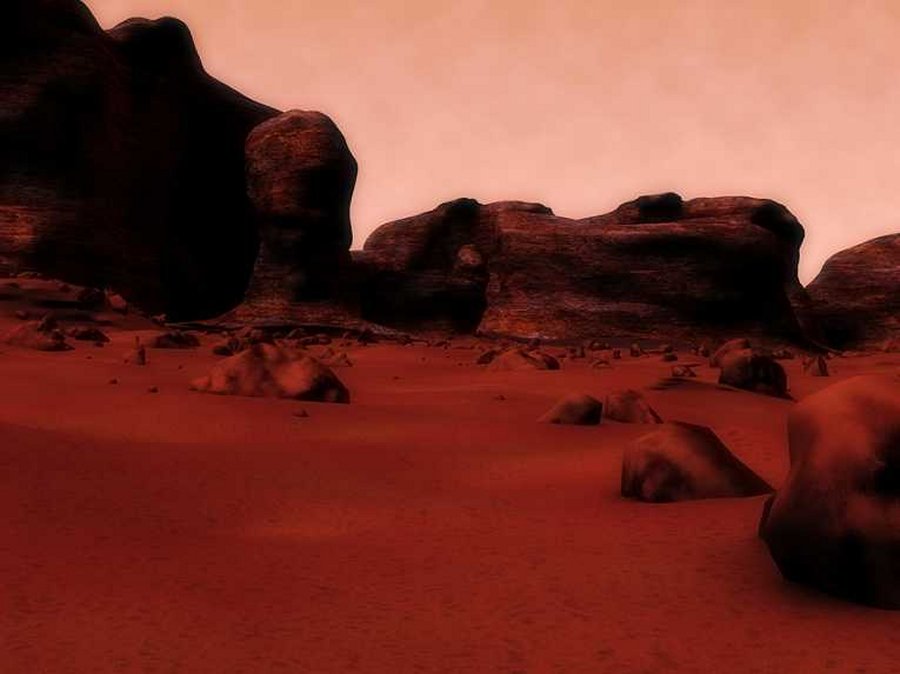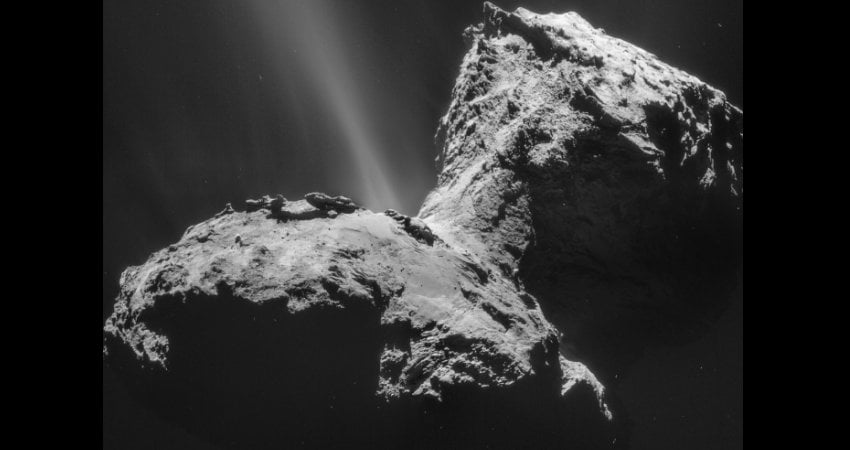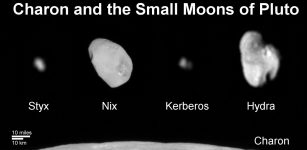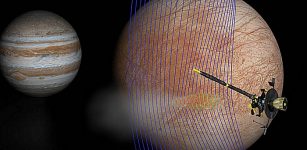Evidence Of Recent Clay Formation On Red Planet – Found
MessageToEagle.com – The research conducted by Brown University geologists Ralph Milliken and Vivian Sun, indicates that the clay formation on Mars should not be only related to the planet’s most ancient times.
Most of that alteration is thought to have happened during the earliest part of Martian history, more than 3.7 billion years ago. However, there is new evidence of clays and other hydrated minerals that formed when rocks are altered by the presence of water.
This later alteration within the last 2 billion years or so — may be more common than many scientists had thought.

Central peaks are formed when, in the aftermath of an impact, rocks from within the crust rebound upward, bringing layers to the surface that had been buried many kilometers deep.
The majority of the clay deposits found on Mars have turned up in terrains that date back to the earliest Martian epoch, known as the Noachian period.
“Because central peaks contain rocks uplifted from depth, some previous studies have assumed the clays found within central peak regions are uplifted too,” said Milliken, assistant professor of Earth, environmental and planetary sciences.
“What we wanted to do was look at lots of these craters in detail to see if that’s actually correct.”

Clay minerals in Martian impact craters have often been assumed to have been formed the planet’s earliest epoch, then uncovered by the impact. New research finds numerous clay deposits that appear to have formed after an impact event, suggesting that clay formation on Mars was not confined to the planet’s most ancient period.
NASA/JPL/University of Arizona/Brown University
Using HiRISE images to establish a detailed geologic context for each of those craters, Milliken and Sun performed a survey of 633 crater central peaks distributed across the Martian surface and found 265 that have evidence of hydrated minerals, the majority of which were consistent with clays.
They found that in about 65 percent of cases the clay minerals were indeed associated with uplifted bedrock.
“That’s a majority,” Milliken said, “but it still leaves a substantial number of craters — 35 percent — where these minerals are present and not clearly associated with uplift.”
Within those 35 percent, Milliken and Sun found examples where clays exist in dunes, unconsolidated soil, or other formations not associated with bedrock.
“What this tells us is that the formation of clays isn’t restricted to the most ancient time period on Mars,” Milliken said.
“You do apparently have a lot of local environments in these crater settings where you can still form clays, and it may have occurred more often than many people had thought.”
According to Sun, lead author on the study and a graduate student working with Milliken, until now, much of our surface exploration by rovers has focused on ancient terrains and whether or not the environments they record were habitable.
“But if we wanted to look at an environment that was more recent, we’ve identified craters that might be possible candidates.”
Research is published in the Journal of Geophysical Research: Planets.
MessageToEagle.com
based on press release from Brown University










